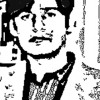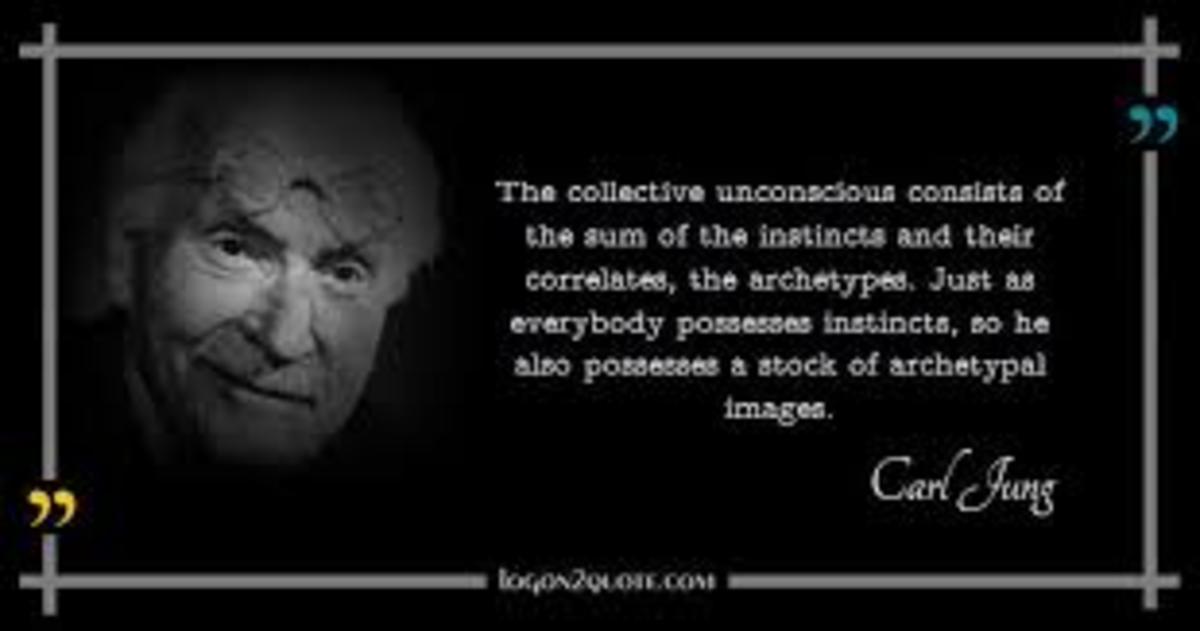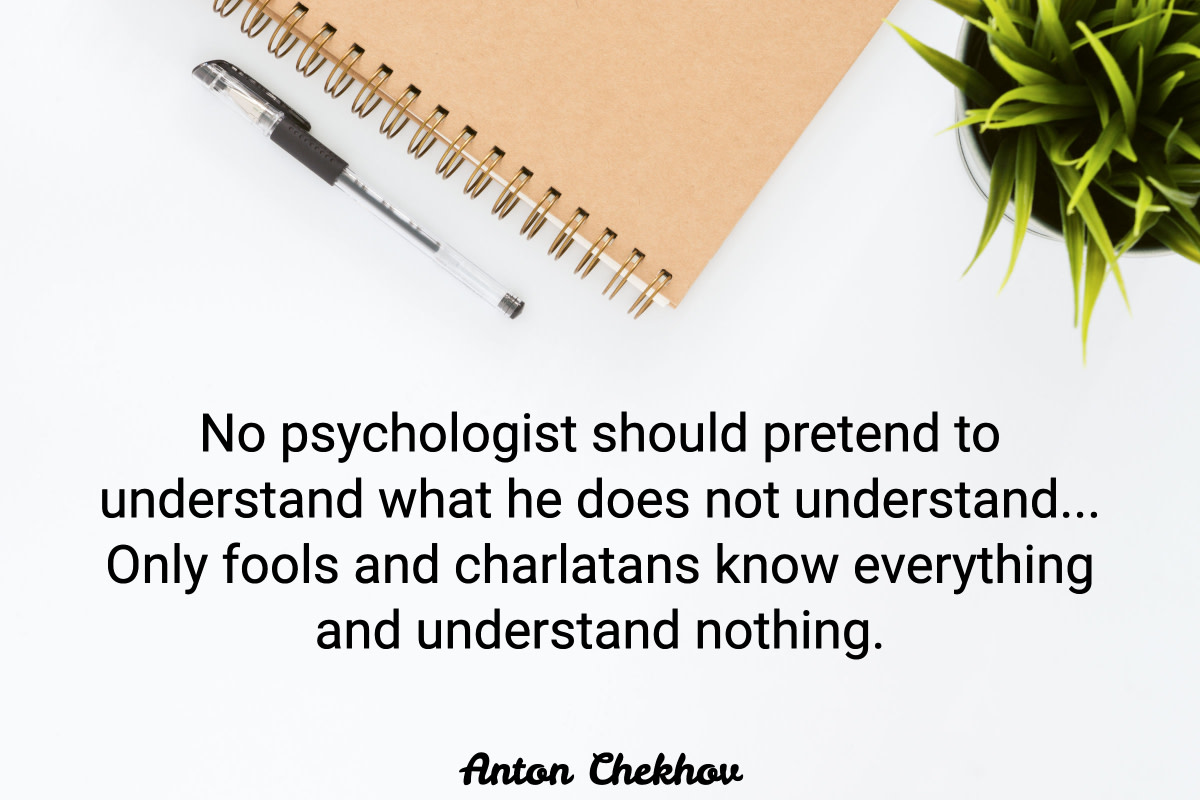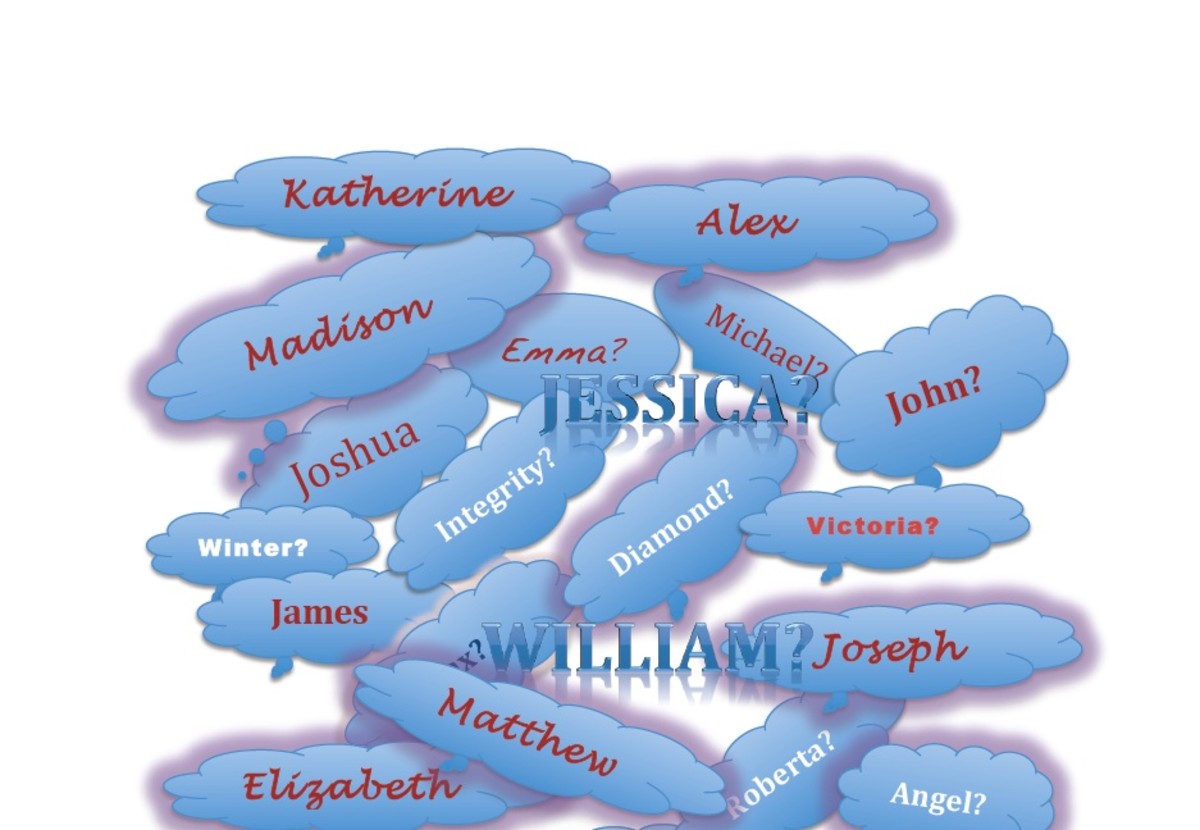Jung and his archetypes—an attempt to demystify the psyche
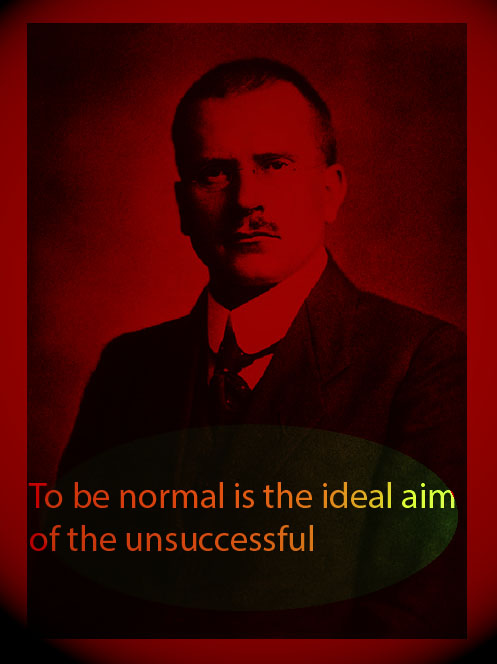
Jung, along with Freud, was one of the first psychologists who studied the nature of psyche and presented a model of its structure. Freud founded psychoanalysis and Jung founded Analytical psychology. Both tried to describe the architecture of psyche through empirical investigation but Jung also included the common and recurring themes in art and cultures in his approach.
To understand Jung’s work it is imperative to know a little about his life. Carl Gustav Jung was born in a beautiful small village in Switzerland on 26th July, 1875. His father was a priest and his mother an emotionally vulnerable housewife. Jung’s father and mother did not get along nicely and under the strain of this tottering relationship Jung’s mother suffered a nervous breakdown. She stayed for a few months in hospital and this separation from his mother at such a tender age had an adverse effect on Jung’s psyche. Even after her return the family atmosphere remained strained. Her sister was born when Jung was nine years old.
The family had moved to a place just outside Basel when Jung was four. Jung was a child of somber disposition. Other children found him odd and aloof so he had not many friends. He was an enigmatic child who liked to be alone, befriended a manikin, and conversed with stones.
Jung grew up into a person with a mystical mindset. He was a gnostic who found the ideas of alchemy, spirit and soul fascinating. He tried to interpret his dreams, for he believed that dreams divulge the deep secrets of the psyche. Later in life these dreams were to impart to him insights about the nature of consciousness.
Jung the Psychiatrist
Jung studied medicine and specialized in psychiatry at the University of Basel. After finishing his studies he worked as a psychiatrist in the Burgholzli Psychiatric hospital. His brilliance got him appointed as a lecturer of psychiatry at the Zurich University. There he did his seminal research on the word-association test. Freud learnt about Jung and his research and he was very impressed. They became friends and discussed psychology through correspondence.
Discord between Freud and Jung
Jung did not find the role of libido and nature of unconscious convincing as posited in Freud’s psychoanalysis theory. Libido (sexual energy) according to Freud is the driving force behind all human behaviors and instincts. Jung proposed that it was the psychic energy—which could not be associated with any single aspect of personality and behavior—was the primal force that propelled all the psychic functions and emotions. He also doubted that the nature of the unconscious was unique for every individual. Freud did not treat Jung’s disagreement in a professional manner which led to the break off of their friendship.
Freud and Jung
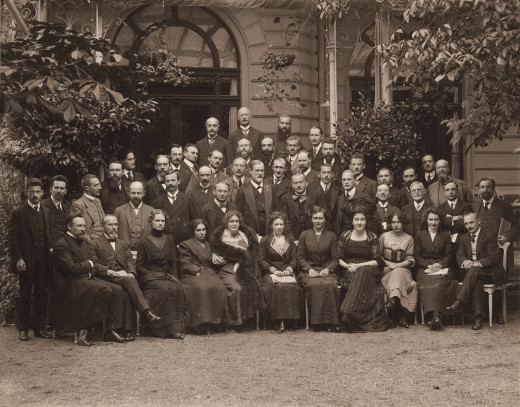
Learning from dreams, fantasies, and insanity
Jung was working on his own model of consciousness and architecture of the psyche. He had a novel and benign attitude towards his patients and their psychosis: he paid attention to everything his patients blabbered, it did not matter how nonsensical they sounded. He observed that these ‘drivels’ were windows not only into the patients’ psychosis but to the nature of human psyche in general. He also started noting his dreams and their interpretations. Jung and Freud shared their dreams with each other and tried to interpret them. The flaws he noticed in Freud’s propositions were a result of careful observations of patients’ psychosis and his own dreams.
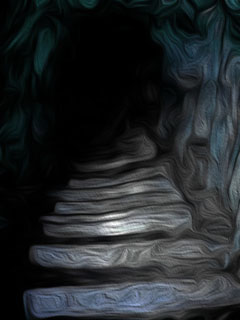
Into the crypt of the unconscious
Jung got the insight about the unconscious in an enigmatic dream. In the dream he found himself on the top floor of a house. The room was splendid, like a salon. He descended down the stairs; this room was shabby, it looked like the interior of some desolated medieval house. On the floor there was a stone slab with a metal ring fixed to its surface. When Jung seized hold of it and pulled it, the slab lifted. Beneath was some sort of crypt. He descended down the steps into the crypt. Bones and clay potteries were strewn around everywhere, it looked like some prehistoric cave. On the floor were two human skulls which looked like they had been lying there for ages. When he woke up he had discovered the secret of the psyche.
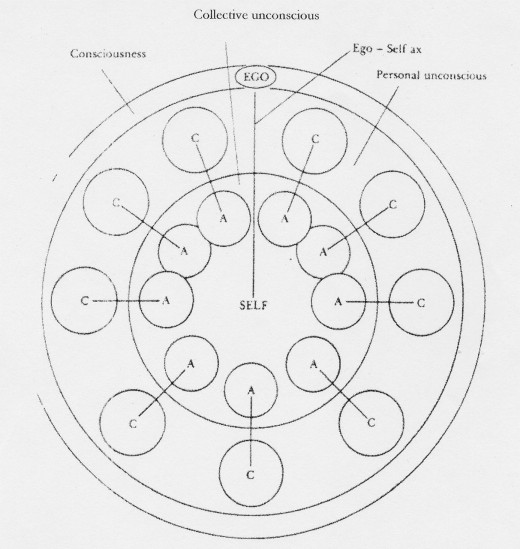
Jung’s model of the psyche
According to Jung the human psyche can be divided into three layers:
Ego
He called the outmost layer ‘ego’. The ego makes us conscious and aware of ourselves and the world. It was the top floor in Jung’s dream. The ego creates our world: stored in our valuable memory, molded in our perceptions, and imbued in our thoughts and feelings. The ego contains our perception of the world and it is our ego which the world perceives of us.
The Personal Unconscious
Herein lies a person’s forgotten and repressed memories. When you see a face in the crowd which seems familiar to you and then you realize it was your childhood friend's cousin, your conscious retrieves that information for you from your personal unconscious.
The Collective Unconscious
The prehistoric skulls Jung found in his dream represented the collective unconscious. According to Jung, in the deepest layer of our psyche nothing personal resides; what exists there is shared by the whole human race. It consists of archetypes inherited by the humanity from our forefathers which started accumulating since first Homo sapiens appeared and kept on accumulating over time. We are not aware of the archetypes but it is them who drive our instincts and subtle feelings such as fear, greed, lust, and compassion. It is no coincidence that there are many common symbols which signify the same motifs across various cultures. At the nucleus of this whole psychic architecture lies the Self. But the self is undiscoverable, if you fall down the psyche you will keep falling but never hit the bottom where the Self resides. In fact the psyche is a bottomless well.
Archetypes
Archetypes are not acquired through experience; they are universal. According to Jung a new born child’s mind is not a tabula rasa (blank slate), it is filled with the archetypes. As the child grows the archetypes shape his personality by interacting with his experiences. The impact of human subconscious on its arts, literature, religions, and mythology are evident; that is why stories and paintings are filled with archetypal images. It is believed that artists and writers have this inherent potential to tap into the unconscious.
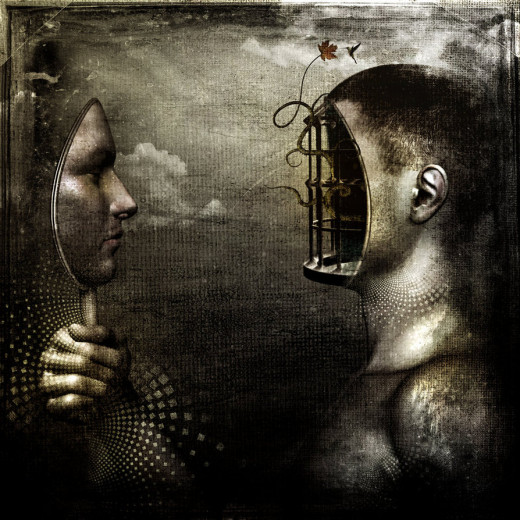
The four paramount Jungian archetypes
Persona
The Persona is the façade of personality. The way one presents himself to the world as a human being who exudes characteristics that are rewarded by the society and conform to cultural values. Even a psychopath, such as Ted Bundy, can be regarded as a nice and successful person until he is caught.
Shadow
Most of the darker instincts such as lust, greed, and envy are present in the Shadow. A person remains engaged in a perpetual battle with his shadow till he dies. He wants to smother it and hide it from others but the Shadow follows him all the time—even while dreaming. Such is the nature of the shadow that the more a person wants to coop it up the wilder it grows. Mr. Hyde in the story The Strange Case of Dr. Jekyll and Mr. Hyde written by Robert Louis Stevenson is a personification of the Shadow.
Anima and animus
The female residing inside the unconscious of a man’s personality is the Anima; animus is its male counterpart present in a woman’s personality. Men and women are attracted to each other because of these complementary archetypes.
Jung asserts that understanding of his theory of Analytical psychology can help the process of Individuation continue properly. Two new born babies have identical psyche, it is the process of Individuation that makes their personalities distinct as they grow up. Individuation continues throughout one’s life and it can be guided to bring out the best in oneself.
-----------------------------------------------------------------------------------------------------
Sources: Discovery of the unconscious – Henri Ellenberger, Jung: A very short introduction, Collected works of Jung
